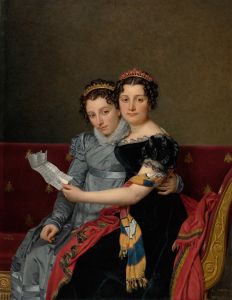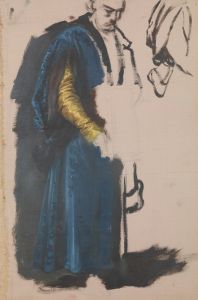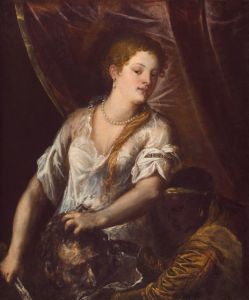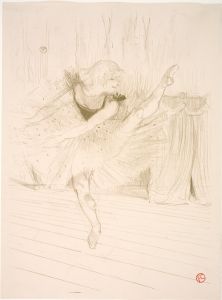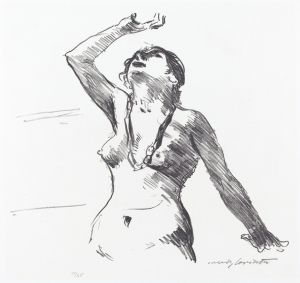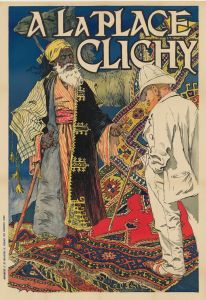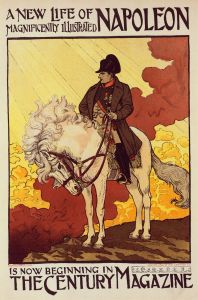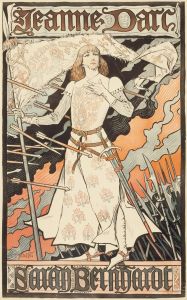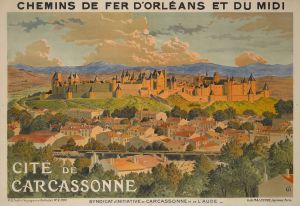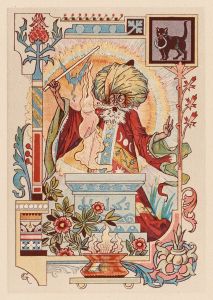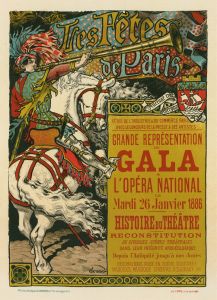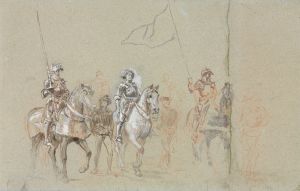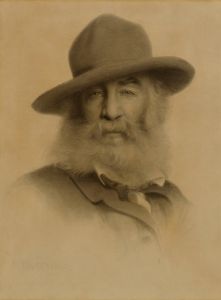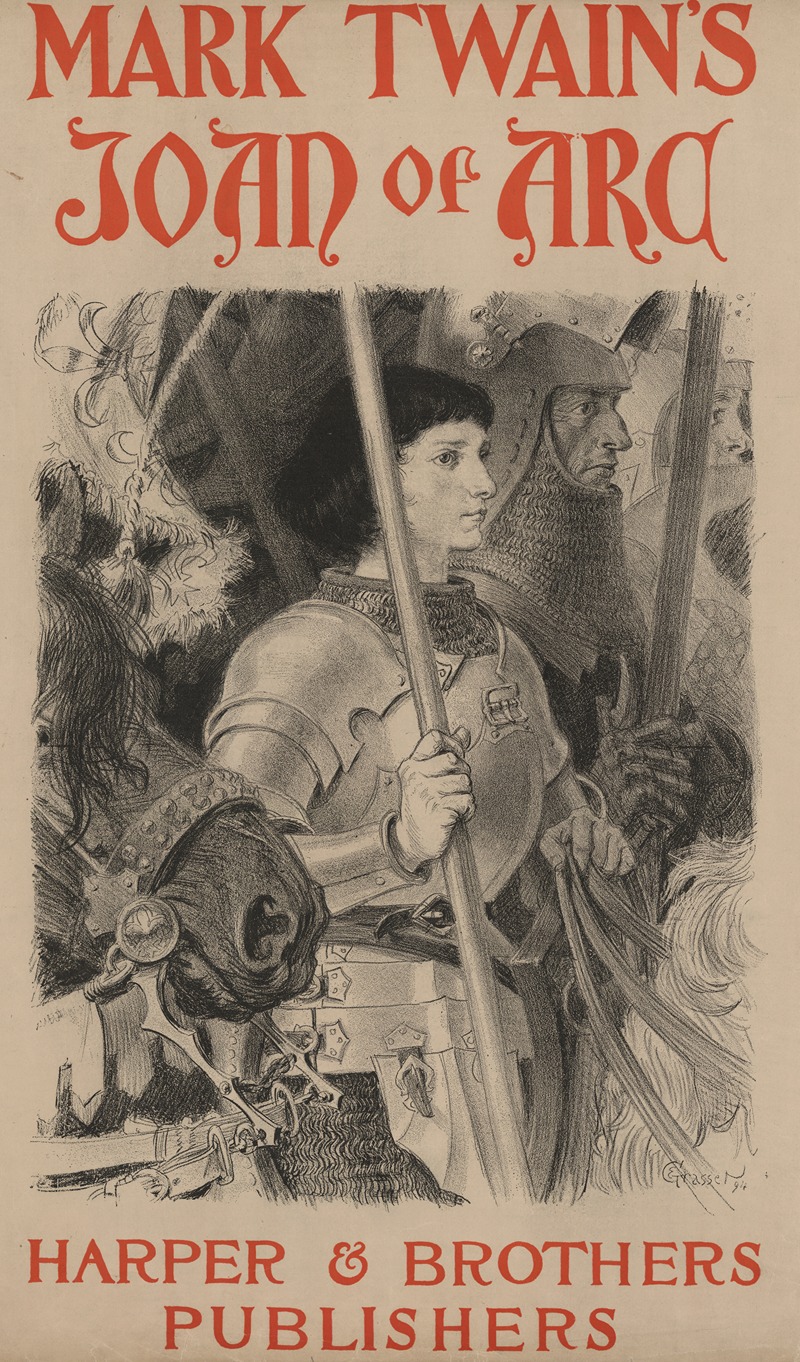
Mark Twain’s Joan of Arc
A hand-painted replica of Eugène Grasset’s masterpiece Mark Twain’s Joan of Arc, meticulously crafted by professional artists to capture the true essence of the original. Each piece is created with museum-quality canvas and rare mineral pigments, carefully painted by experienced artists with delicate brushstrokes and rich, layered colors to perfectly recreate the texture of the original artwork. Unlike machine-printed reproductions, this hand-painted version brings the painting to life, infused with the artist’s emotions and skill in every stroke. Whether for personal collection or home decoration, it instantly elevates the artistic atmosphere of any space.
Eugène Grasset's illustration for Mark Twain’s Joan of Arc is a notable example of late 19th-century book art, created by the Swiss-born French artist Eugène Grasset (1845–1917). Grasset, a pioneer of the Art Nouveau movement, was renowned for his work in decorative arts, graphic design, and illustration. His contribution to the illustrated edition of Mark Twain’s Personal Recollections of Joan of Arc reflects his distinctive style, characterized by intricate detail, flowing lines, and a harmonious blend of medieval and modern artistic influences.
Mark Twain’s Personal Recollections of Joan of Arc was first serialized in Harper’s Magazine in 1895 and later published as a complete book in 1896. Twain, whose real name was Samuel Langhorne Clemens, considered this historical novel to be his finest work, despite its departure from his usual satirical and humorous style. The novel is a fictionalized account of the life of Joan of Arc, based on extensive historical research. Twain admired Joan of Arc deeply, and his portrayal of her is reverent and idealized.
Grasset’s illustration for the book captures the spirit of Joan of Arc as a heroic and saintly figure. While specific details about the individual artwork are scarce, Grasset’s style typically incorporates medieval motifs, rich ornamentation, and a sense of narrative drama. His work often reflects an interest in historical and religious themes, making him a fitting choice to illustrate Twain’s novel about the French heroine and saint.
Grasset’s collaboration on this project is part of a broader trend in the late 19th century, when illustrated books became highly popular, and publishers sought out prominent artists to enhance the appeal of literary works. Grasset’s contributions to book illustration, including his work for Mark Twain’s Joan of Arc, are considered significant in the history of graphic arts, bridging the gap between fine art and commercial design.
While the specific details of the illustration’s composition and its reception at the time are not widely documented, Grasset’s involvement in the project underscores the importance of visual art in complementing and enriching literary texts during this period. His work remains an enduring example of the synergy between literature and illustration in the Art Nouveau era.





